While today is shaping up to be one of our hottest on record, I was looking at some records from the Forestry and Timber Bureau and there are some similar recordings to our current month temperatures observed, as follows:
Jan 9, 1939: 38 max, 21 min
Jan 10, 1939: 39 max, 14 min
Jan 11, 1939: 42 max, 21 min
Jan 12, 1939: 39 max, 19 min
Jan 13, 1939: 41 max, 16 min
Jan 14, 1939: 39 max, 32 min
Jan 15, 1939: 24 max, 19 min
It was also noted that shortly after 3.00pm on January 13, the north-west sky darkened as heavy smoke billowed up from fires beyond the Goodradigbee River in NSW. By 10.00pm these fires had reached the ACT in three main tongues: one near Mt Franklin, one at Two Sticks near Mt Coree and a third near Horseshoe Bend along the northern boundary of the ACT. The Mt Franklin fire, fanned by 70km/h winds, burnt right across the ACT. Damage included destruction of 1100 ha of pine plantation near Uriarra.
This all sounds strangely familiar to what happened 10 years ago this day.












